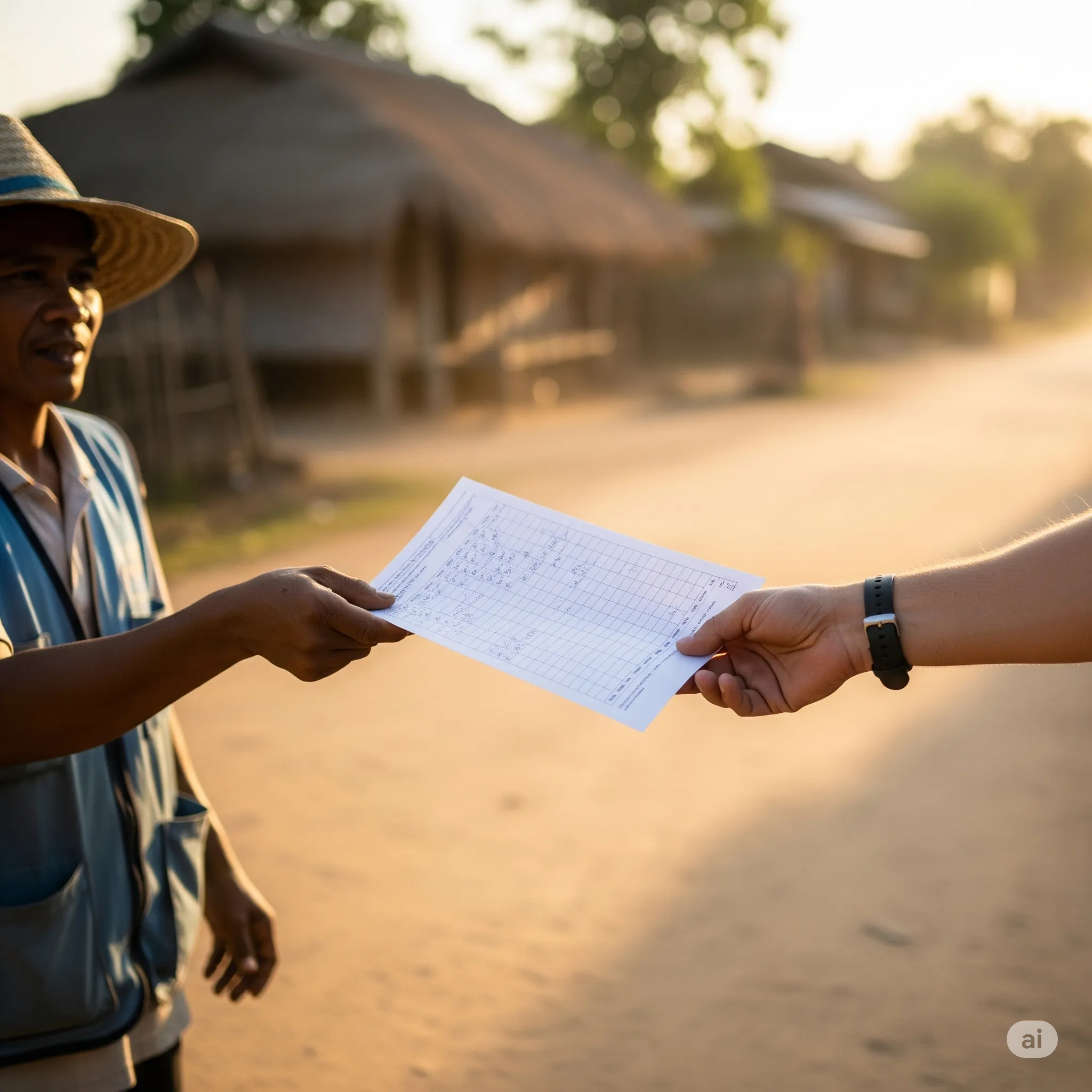Adaptive Assurance Mechanisms for Volatile Operational Contexts
Published on: Sat Jun 28 2025 by Ivar Strand
Introduction: The End of Predictability
Project monitoring has traditionally been built on a foundation of predictability. Frameworks are designed, key performance indicators (KPIs) are set, and a schedule of field visits and data collection activities is established. The underlying assumption has always been a relatively stable operational context.
However, recent years have demonstrated the fragility of this assumption. Exogenous shocks—global pandemics, sudden political upheavals, supply chain collapses, and climate-related disasters—are no longer black swan events but recurring features of the global landscape. These crises can render a meticulously designed monitoring plan ineffective overnight, cutting off access, invalidating indicators, and disrupting communication.
The key challenge is that a static monitoring plan designed for a world that no longer exists creates significant fiduciary risk. When monitoring fails, accountability is lost. In this paper, we discuss the necessary shift from rigid, plan-centric monitoring to a dynamic, principle-based approach where adaptability is the core operational capability.
1. The Fragility of Static Monitoring Models
The archetypical monitoring and evaluation (M&E) plan is a codifiable, linear process. It typically involves:
- A fixed logical framework or results matrix.
- Pre-defined data collection instruments (e.g., surveys, focus group guides).
- A calendar of site visits for direct observation and verification.
- Scheduled reporting deadlines tied to implementation milestones.
This model functions well when conditions are stable. Its weakness is its brittleness. When a crisis hits, its core components break down. Travel restrictions make site visits impossible. Security concerns put staff at risk. Local stakeholders, central to data collection, may be displaced or unavailable. A fundamental idea of this traditional approach—physical presence as a guarantor of data integrity—is nullified.
At Abyrint, we have found that organizations clinging to such static models during a crisis often face a binary choice: either halt monitoring activities entirely or produce reports based on outdated, irrelevant data. Neither is a tenable option for effective project governance.
2. A Framework for Adaptive Monitoring
To remain effective in uncertain environments, monitoring services must evolve. This is not about discarding rigor but about redefining how rigor is achieved. We suggest a framework built on four key principles.
-
Step 1. Move from Task-Based to Principle-Based Objectives. Instead of rigidly adhering to a task (e.g., “conduct 10 site visits”), the focus must shift to the principle behind it (“verify asset delivery and functionality”). The core question becomes: “If we cannot execute Plan A, how can we still achieve the underlying monitoring objective?” This reframing empowers teams to innovate rather than remain paralyzed.
-
Step 2. Institutionalize Hybrid and Remote Data Collection. Adaptability requires a toolkit of data collection methods that can be deployed based on context. This is about creating a resilient, multi-layered system that does not depend on a single point of failure like physical access. These methods include:
- Third-Party Monitoring (TPM): Engaging and training trusted, vetted local networks and individuals to gather data.
- Remote Sensing: Using satellite imagery and geospatial analysis to verify infrastructure development or track population movements.
- Mobile Technology: Employing SMS surveys, remote interviews via secure applications, and image/video verification with timestamping and geotagging.
- Social Media and News Analysis: Systematically analyzing public information to corroborate findings and assess the operational environment.
-
Step 3. Implement Dynamic Risk Assessment and Triggers. A modern monitoring plan must be a living document. It should include a dynamic risk matrix where specific, pre-defined triggers automatically shift the operational approach. For example:
- Trigger: Government announces travel restrictions.
- Response: Cease all planned field visits; activate remote TPM network; notify client of methodology shift.
- Trigger: Communications blackout in a project region.
- Response: Shift to satellite-based verification; leverage data from adjacent, stable regions as a proxy until contact is re-established.
-
Step 4. Adopt Scenario Planning and Contingency Budgets. Rather than a single project plan, adaptive monitoring requires planning for multiple potential futures. For any given project, teams should develop scenarios for best-case, likely-case, and worst-case operating environments. Each scenario should have an associated monitoring approach and a pre-approved contingency budget, allowing for rapid pivots without lengthy bureaucratic delays.
3. Key Considerations for Implementation
Shifting to an adaptive model is not merely a technical exercise; it requires changes in tooling, personnel, and client relationships.
- Technology as an Enabler, Not a Panacea: The role of technology is to enable the principles above. This means investing in secure, interoperable data platforms that can integrate diverse data types (survey data, satellite imagery, financial records) rather than simply buying the latest application. The tool must serve the methodology, not dictate it.
- The Primacy of the Human Factor: Remote methods place an even greater premium on trust. The success of TPM, for example, is entirely dependent on the integrity and capability of in-country personnel. Investing in their training, security, and long-term relationships is a critical component of building resilience.
- Ensuring Fiduciary and Client Alignment: An adaptive approach is only possible if the client or funder is a partner in the process. Monitoring contracts and reporting requirements must build in flexibility. Deliverables should be tied to achieving monitoring objectives, not simply executing a static work plan. This requires clear communication and managing expectations from the outset.
Conclusion
The context in which development and stabilization projects operate has fundamentally changed. The ability to navigate uncertainty and continue to provide credible, timely data is now the primary measure of a monitoring system’s value. Static, compliance-driven approaches that fail in a crisis are no longer fit for purpose.
Ultimately, the resilience of a project is directly mirrored by the resilience of its monitoring system. In an uncertain world, adaptability is not just a strategy; it is the fundamental condition for success.



